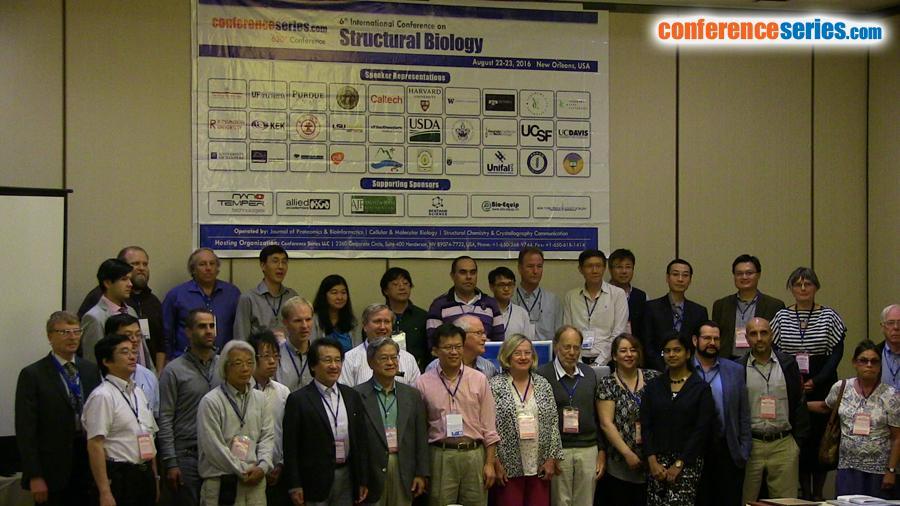
Bi-Cheng Wang
University of Georgia, USA
Title: The use of soft x-ray diffraction for native-sad and for chromatic exploration of uncharted aspects of metals in macromolecules: A new pilot program at the aps
Biography
Biography: Bi-Cheng Wang
Abstract
Native-SAD phasing uses the anomalous scattering signal of atoms in the crystalline, native samples of macromolecules, collected from single-wavelength X-ray diffraction experiments. Advances in technology and methodology during the past five years show great promise in making Native-SAD phasing a routine approach (Rose, Wang & Weiss, 2015) for future macromolecular structure determination using X-rays with wavelengths longer than 1.5 Å. Another use of the X-rays in this wavelength region is to collect multiple sets of diffraction data across a metal’s absorption edge as one does in X-ray Absorption Spectroscopy (XAS). The diffraction-based approach differs from XAS in that a complete 3-dimensional diffraction data set is recorded at several points spanning the metal’s absorption edge. The approach provides both positional and spectroscopic information relating to individual metals in the crystal by diffraction. A Pilot Program was initiated at the APS in January 2016 for General Users to participate in the use of these soft X-ray tools. Theoretical and practical aspects of the above concepts, as well as the procedures for accessing the new Pilot Program through General User beam time, will be introduced.


